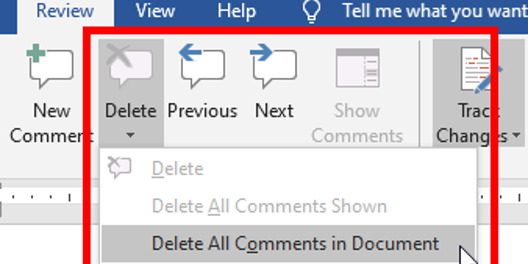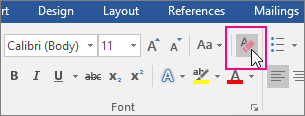
- #Stop auto formatting in word for mac 2011 pdf#
- #Stop auto formatting in word for mac 2011 for windows 10#
- #Stop auto formatting in word for mac 2011 software#
#Stop auto formatting in word for mac 2011 pdf#
Chrome's built-in PDF reader PDFium used an OpenJPEG library to parse JPEG2000 files, and in Chrome it was lacking a crucial heap overflow check, according to a post on the Talos security blog.
#Stop auto formatting in word for mac 2011 software#
#Stop auto formatting in word for mac 2011 for windows 10#
Microsoft Edge is a cross-platform web browser developed by Microsoft.It was first released for Windows 10 and Xbox One in 2015, then for Android and iOS in 2017, for macOS in 2019, and as a preview for Linux in October 2020.

As you can see, the value in cell B8 appears in red. Now when you return to the spreadsheet, the conditional formatting will be applied. When you're done, click on the OK button. In this example, the preview shows the text in blue. When you return to the New Formatting Rule window, you should see the preview of the formatting in the Preview box.

We've changed the Color to Blue in the Font tab and No Fill in the Fill tab. When the Format Cells window appears, select the formatting conditions that you wish to apply to the second condition. In our example, we've selected when the cell value is less than 10. Then select Format only cells that contain in the second drop down, Cell value in the third drop down, less than in the fourth drop down, and enter 10 in the final box. When the New Formatting Rule window appears, we need to set up the second condition. If you wish to apply more than one condition, you will need to click on the + button again.

This will return you to the Conditional Formatting Rules Manager window. In this example, the preview box shows the text in red. We've changed the Color to Red in the Font tab and selected "No Fill" under the Fill tab. When the Format Cells window appears, select the formatting conditions that you wish to apply. To do this, select " custom format." in the Format with drop down. Next, we need to select what formatting to apply when this condition is met.

In our example, we've selected when the cell value is greater than 10. Then select Format only cells that contain in the second drop down, Cell value in the third drop down, greater than in the fourth drop down, and enter 10 in the final box. When the New Formatting Rule window appears, select Classic as the Style drop down. When the Conditional Formatting Rules Manager window appears, click on the + button in the bottom left of the window to enter the first condition. Then click on the Conditional Formatting drop-down and select Manage Rules. Select the Home tab in the toolbar at the top of the screen. To do this, select the cell that you wish to apply the formatting to. Is this possible?Īnswer: If you wish to change the color of the font based on the value in a cell, you will need to apply conditional formatting. If the sum is less than 10, I would like the sum to be the color blue. If the sum is greater than 10, I would like the sum to be the color red. Question: In Microsoft Excel 2011 for Mac, I'm putting the sum of 3 cells in a 4th cell.


 0 kommentar(er)
0 kommentar(er)
